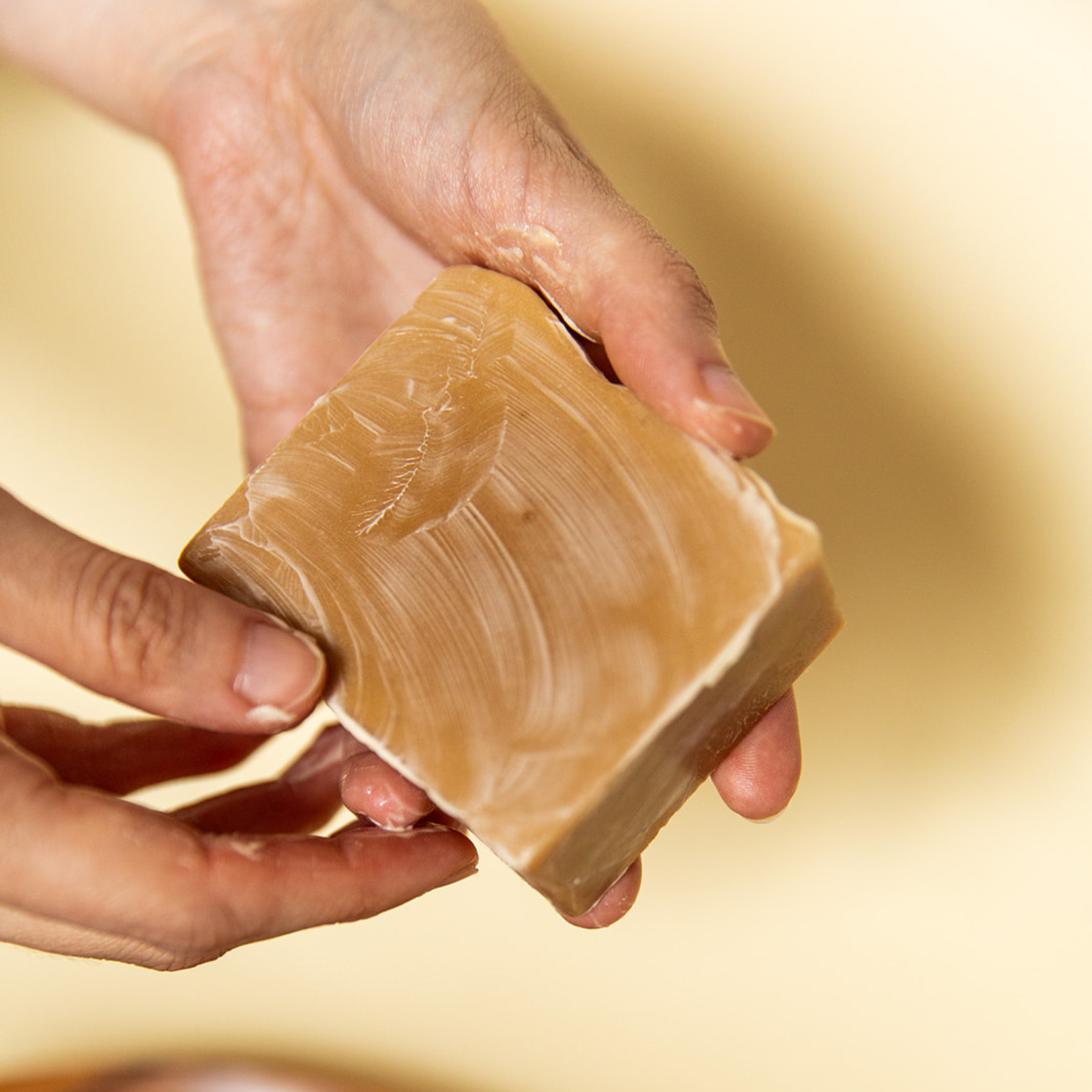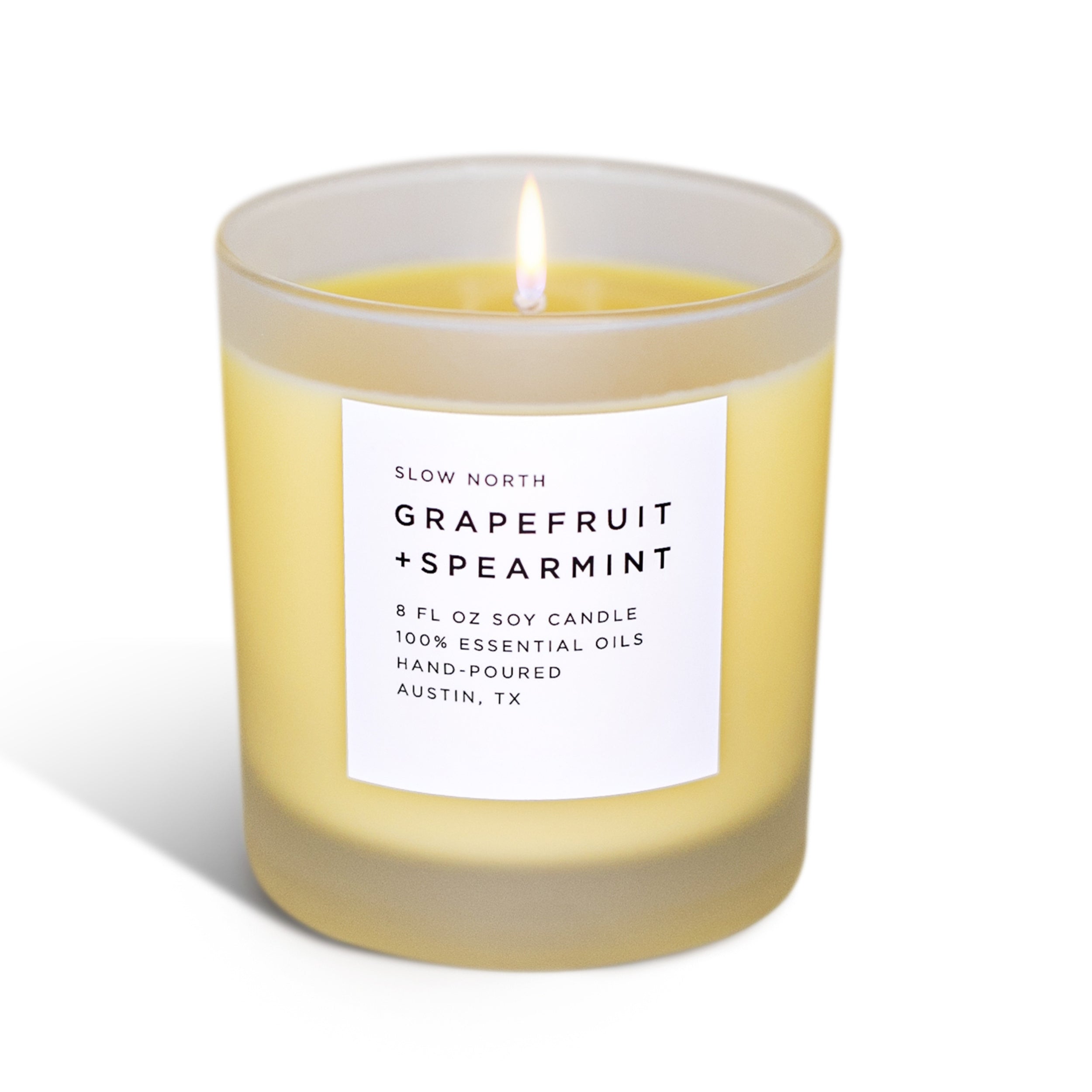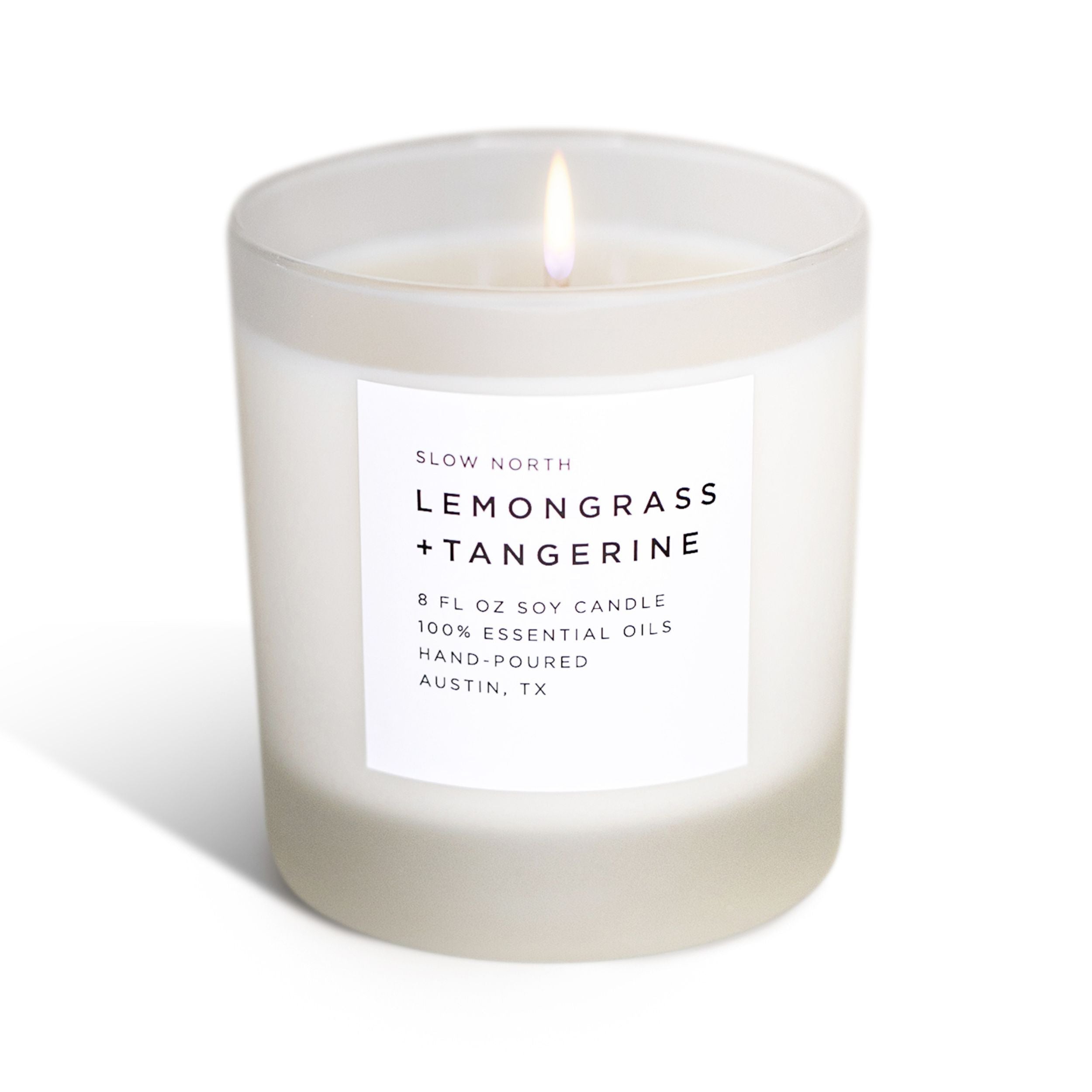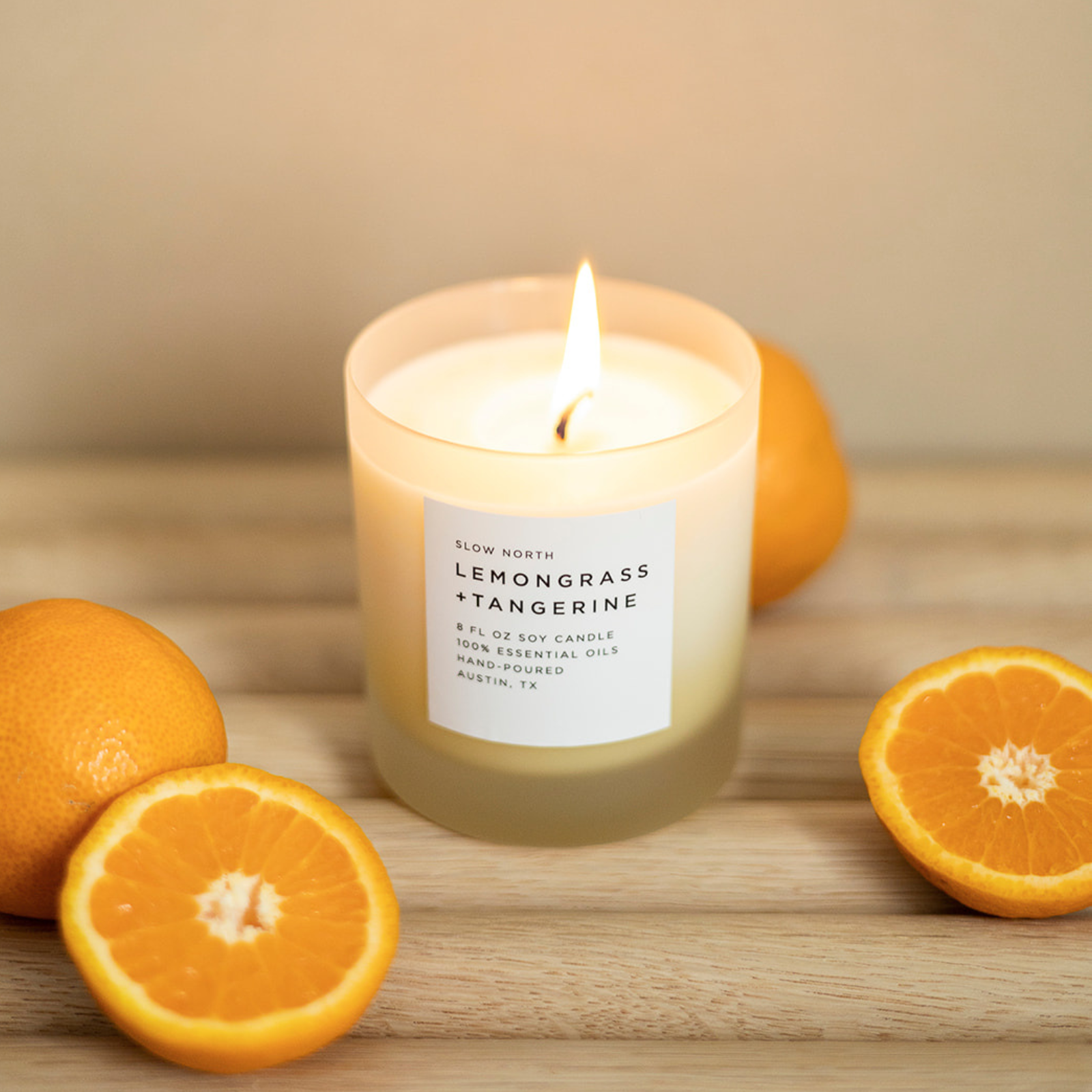 Photo by Nic Y-C
Photo by Nic Y-C
June 21st will mark the longest day of the year for the Northern Hemisphere — and it also marks the official beginning of summer. That day is one of the most celebrated days around the world, and it’s most commonly known as the summer solstice.
The summer solstice holds weighty significance across various cultures, and its onset has been celebrated for thousands of years around the world. But what exactly is the summer solstice, and why is it so celebrated?
Seasonal Cycles: Solstices and Equinoxes
At the basic level, the summer solstice is an astronomical phenomenon. To understand why it occurs, it’s important to know that the Earth’s axis is tilted (roughly 23.5 degrees from the plane of its orbit around the sun). There are only two times of the year when the Earth’s axis is tilted neither toward nor away from the sun, which results in an almost equal amount of daylight and darkness at all latitudes. These events are known as equinoxes, and they occur around March 20th and September 23rd every year.
A solstice, on the other hand, occurs at the very moment the Earth’s tilt towards the sun is at its maximum. That means the sun appears at its highest point in the sky, resulting in the longest period of daylight of the entire year.
Winter happens to have a solstice, too, which marks the shortest day and longest night of the year in the Northern Hemisphere. But the summer solstice is arguably the most welcomed around the world, given its symbolism of light, bountiful harvest, and, in many cases, those good feelings that always seem to accompany summertime.
How Summer Days Affect Our Moods
Incidentally, there’s a psychological link between our happiness levels and the amount of sunlight we receive. As daylight decreases, people actually tend to suffer greater levels of depression than they do during the summer.
 Photo by Helena Lopes
Photo by Helena Lopes
Exposure to sunlight is thought to trigger the release of serotonin, the chemical responsible for feelings of happiness and elation, in your brain. As a result, the more the sun shines, the happier people tend to be. In the days prior to the summer solstice, the sun gradually remains in the sky for longer periods of time before finally reaching its peak point at the solstice. After the solstice, the days start to get shorter, which means the solstice is also an opportunity to celebrate the last hurrah of the sunlight before winter takes hold again. It’s no wonder that so many cultures around the world have their own traditions for welcoming summer!
The History of Summer Solstice Celebrations
Celebrating the summer solstice started with ancient cultures across the globe, spanning Europe, Africa, Asia, and the Americas. In Ancient Greece, the summer solstice marked the beginning of the New Year (and it also marked the one-month countdown to the opening of the Olympic games). The solstice also fell around the time of Kronia, a festival celebrating Cronus, the god of agriculture.
The Ancient Romans celebrated the solstice with Vestalia, a religious festival that honored Vesta, the goddess of the hearth. During Vestalia, married women would enter the temple of Vesta to leave the goddess offerings in exchange for blessings to their families. In Ancient China, the summer solstice was a time to honor the earth, femininity, and the force known as yin. This celebration included various traditions and rituals, including a dragon boat race in Zhejiang, which still occurs to this day.
Before Christianity took hold of the European continent, Germanic, Celtic, and Slavic groups welcomed the solstice (better known as Midsummer) with feasting and bonfires. During Midsummer, bonfires were ignited to banish evil spirits and demons, as well as to harness the power of the sun and guarantee a good harvest in fall. Some groups practiced a ritual in which couples would jump through the flames to predict how high the year’s crops would grow.
On the American continent, many Native tribes took part in ceremonial sun dances to celebrate the solstice. While it’s not certain exactly how ancient Central American civilizations might have celebrated the solstice, Mayan and Aztec people built temples and other buildings to align precisely with the shadows cast by astrological occurrences, including the summer and winter solstices.
Many ancient summer solstice rituals still take place in some shape or form today. No matter how you do it, observing the summer solstice celebrates living in tune with the seasons and honoring the cycles that command our natural world — and especially the warmest, sunniest cycle of the year!
If you're looking for ideas for how to celebrate the onset of summer, give The Flower Peddler's Flower Crown DIY a try!
Cecilia Seiter
Cecilia is a freelance writer and contributor to Slow North. She writes largely about sustainability, especially as it applies to beauty, wellness, and the future of technology. She is a graduate of the journalism department at Cal Poly, San Luis Obispo and is based in Los Angeles, CA.































